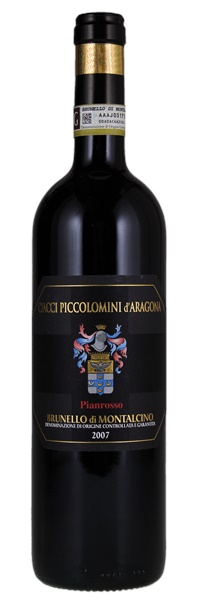Estimate

Complex aromas of red fruits, flowers and fresh mushrooms follow through to a full body, with ultra-fine tannins and intense fruit and bright acidity. Goes on for a long, long time. So juicy and fruity.
A mix of cherry, strawberry, earth, iron and dried beef aromas and flavors make this complex in a lighter style. Balanced between the fruit, moderate acidity and tannins. Very elegant.
Rich, vinous and deep, with dark cherry fruit...Chewy and large-scaled but smooth and not heavy. Finishes with fine-grained tannins and lingering notes of licorice, dark chocolate, licorice and smoky minerality.